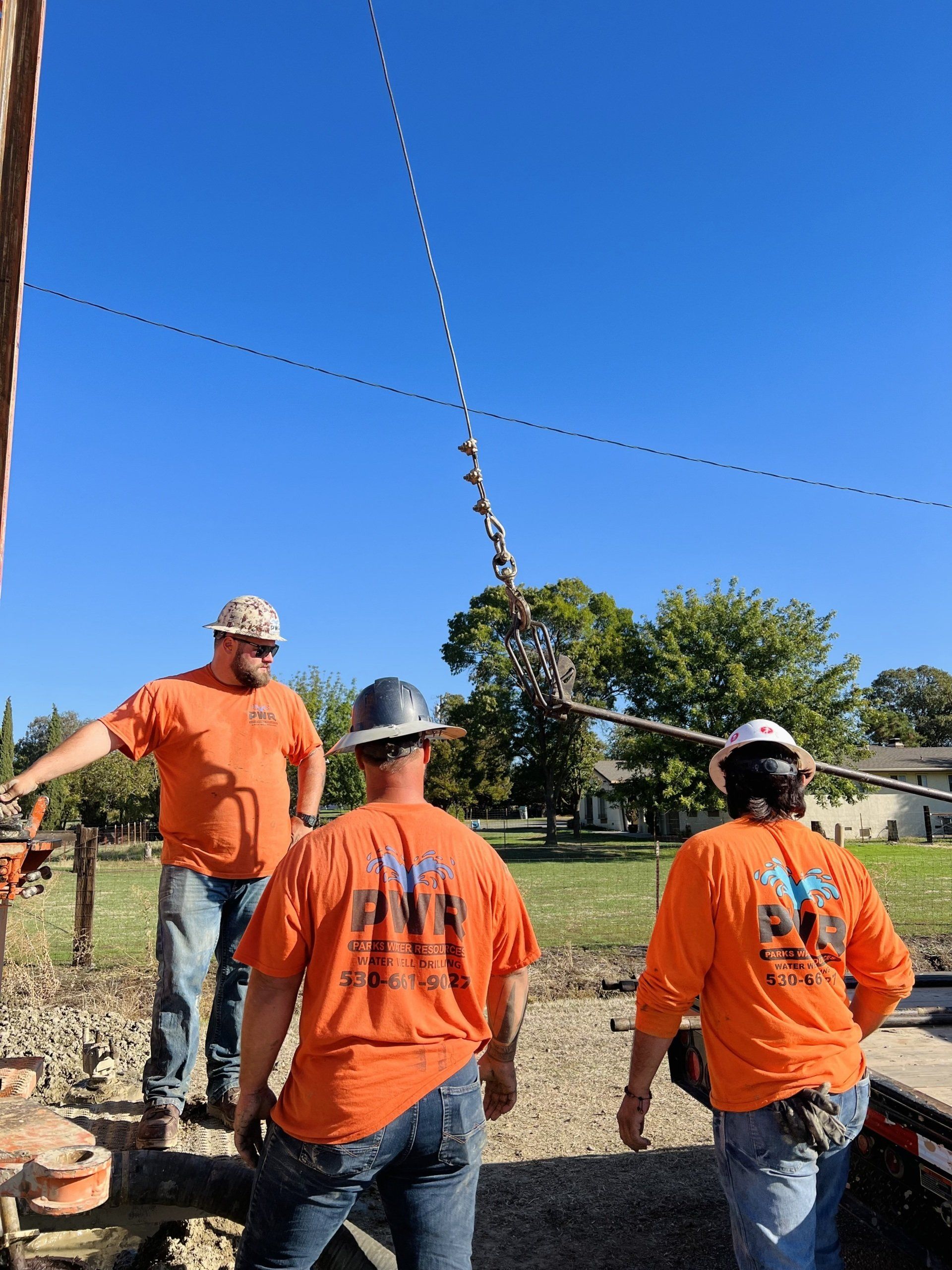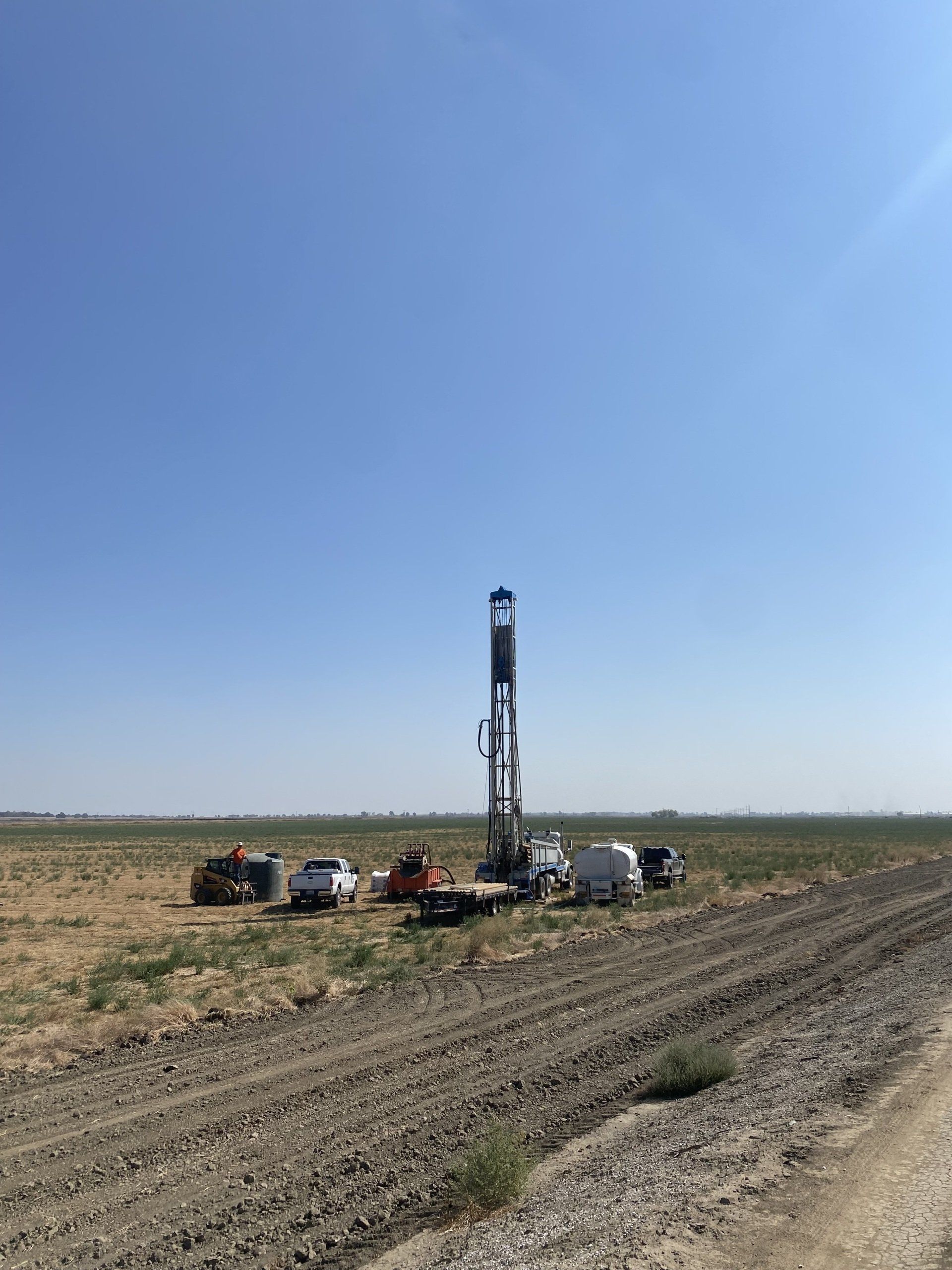Well Water Sampling

Testing Your Water For Contaminants–Sampling Well
A common mistake homeowners make is to test their well water without first making sure the water well system is clean. Testing water from a dirty well can lead to false positives—the appearance of contamination even when the groundwater is clean. A dirty well also can create an environment for contaminants such as certain types of bacteria.

Is Your Water Well System Clean?
Cleaning Your Well System
Testing Your Well Water
Water Well System Treatment
Should any contaminants above levels of health concern remain after proper cleaning and disinfection of the water well system, it does not mean you cannot use your groundwater. A water treatment device will often resolve any water quality issues.
A qualified professional water well system contractor can advise you on how to proceed. When considering a water treatment device, ensure its specifications match the substances and concentrations you wish to treat. Having your water test results available is helpful when working with a water treatment service provider.
NGWA recommends well owners test the water:
- Annually for bacteria, nitrates/nitrites, and any contaminants of local concern
- More frequently than once a year if there is a change in the taste, odor, or appearance of the well water if a problem occurs, such as a broken well cap or a new contamination source
- If family members or houseguests have recurrent incidents of gastrointestinal illness
- If an infant is living in the home
- To monitor the efficiency and performance of home water treatment equipment.
You should also check with your local health or environmental health department for recommendations regarding the type and frequency of testing specific to your location.
The presence of coliform bacteria is a possible indicator of a well’s susceptibility to contamination from animal wastes. E. coli are bacteria that originate from wastes such as those found in sewage and can result in severe illness. Therefore, its presence suggests a contamination source, such as a poor-performing home septic system in the vicinity of the well that should be repaired or removed by a qualified septic system contractor.
In most cases, nitrates come from a farm, industrial contamination, or septic systems and can be dangerous to your health. In addition, nitrates from fertilizers and septic wastes could indicate a local source of contamination or regionally contaminated groundwater.
Arsenic and radon are two examples of water quality concerns that can be present locally or nationally. Both can be naturally occurring in an aquifer. Arsenic is a semi-metallic element that occurs in rocks and soils—and water that comes into contact with these rocks and soils. Radon is a colorless, odorless, and tasteless gas that comes from the natural radioactive breakdown of uranium in the ground. Radon exposure can come from two sources: the air in your home, which seeps up through the foundation, and your well water.
(Note: Arsenic and radon are used here as examples only and may or may not be a problem in your area. Your state may recommend or require testing for certain contaminants specific to your locality. Check with your state or local health department.)
A qualified water well system contractor can determine if your water well system needs cleaning by conducting an anaerobic bacteria test, a coliform test, or other tests that can indicate an accumulation of debris in the well.
Anaerobic bacteria can indicate overall bacterial activity in the well—including possibly harmful bacteria. A qualified professional water well system contractor can take a water sample to determine if the amount of anaerobic activity in your well is significant.
While most coliform bacteria are not harmful, they serve as indicators of possibly harmful bacteria.
Other possible indicators of a dirty well may be cloudy water, low water flow, or taste or odor problems.
If any test results indicate the following:
- The presence of anaerobic bacteria
- Coliform bacteria
- If you are experiencing cloudy water,
- Low water flow, or
- Taste and odor problems
The National Ground Water Association recommends cleaning your well by a qualified professional water well system contractor before servicing your good system.
A common misconception by homeowners is that chlorine alone will clean a well—the more chlorine, the better. However, chlorine can be an effective disinfectant only after debris and other solid material are removed from the well. Therefore, well cleaning must remove debris from the well bottom and may require cleaning other components, if necessary, by a qualified professional water well system contractor.
A qualified water well system contractor is equipped to clean your water well system properly. In addition to removing debris from the bottom of the well, the contractor can brush and clean the well casing to remove any accumulation of solid material and clean and flush the gravel pack around the well and the natural formation (the aquifer) surrounding the well.
Water intakes should likewise be brushed and cleaned. Open borehole wells can be cleaned by carefully jetting the borehole walls to loosen the debris, which can then be evacuated from the well.
Any water treatment devices part of your water well system should be checked and serviced according to specifications. A water treatment device that is not regularly maintained can harbor harmful bacteria.






